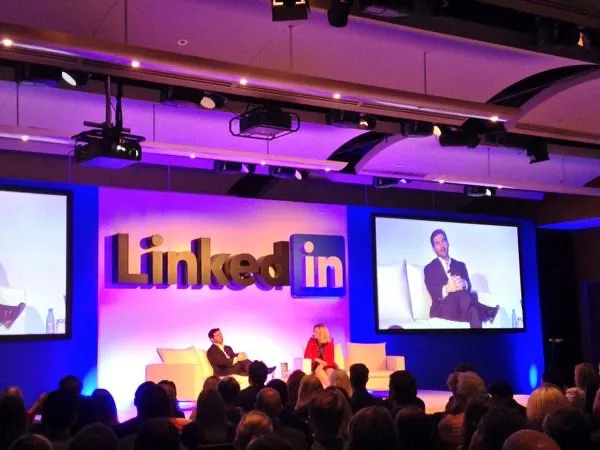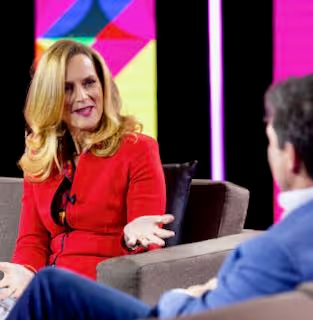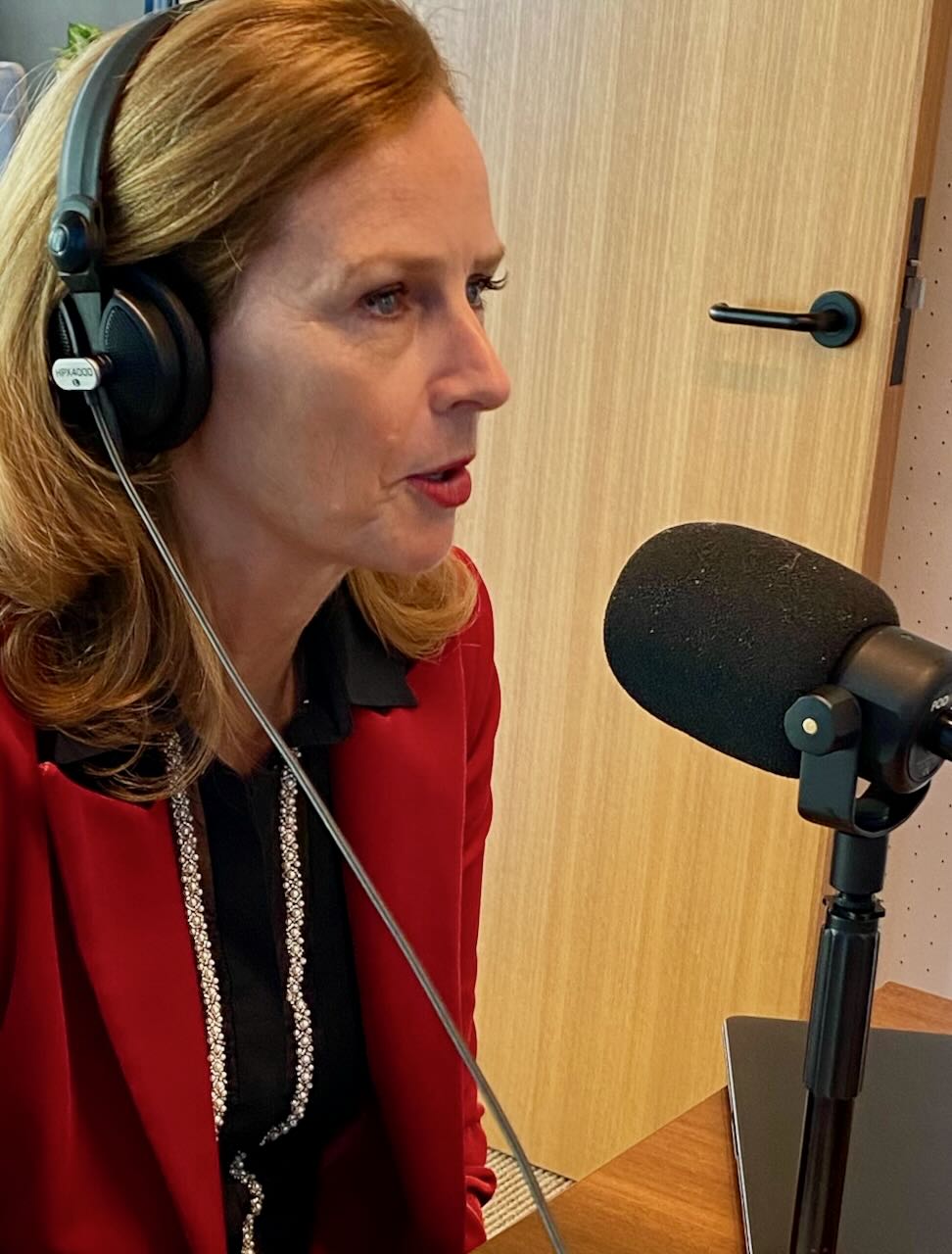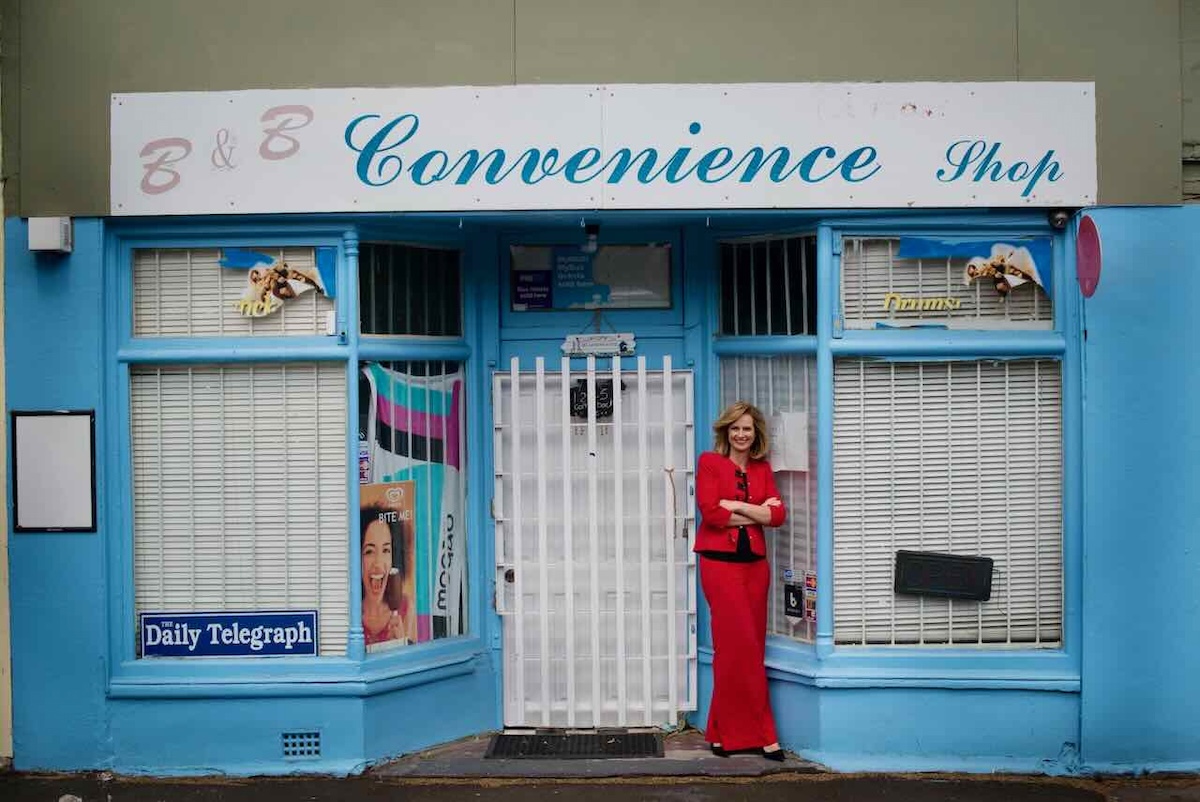Australia´s #1 Most FOLLOWED PERSON ON LINKEDIN
Naomi Simson
Entrepreneur, Author, Speaker, LinkedIn influencer and Shark on Shark Tank Australia TV show. Welcome to my blog, a founders journey; leadership, laughs & learning.
About Naomi
For 25 years I have been bringing Australians together. Here I share what we have learned to help business owners. You may know me as the #redshark or that ‘red lady’… but really I am a business owner, who, like most is challenged to continually learn and grow.
2.6m
LinkedIn Followers
4.6
Podcast Reviews
689...
Speaking engagements
4
Seasons Shark Tank

Welcome to my Official Website
Together we shift
the way people experience life.
My commitment to business owners runs deep - I believe that life is to be shared yet my personal motto, 'if it is to be, it is up to me' drives my passion for community, connection and contribution.
Positivity - the ability to stay curious and see opportunity.
Persistence - continueing to learn, try new things and adjust
Purpose - how we make the world a slightly better place for others
As an entrepreneurial leader, business owner, media personality I have been called on by event organisers and business owners to inspire their people, entertain their customers, or inform their people leaders as a keynote speaker. Some of my recent clients include:














Blog
Articles to Inspire Your Journey...
Entrepreneurship
01
This category offers insights into the entrepreneurial journey, including the challenges and rewards of starting and running a business.
Naomi shares her personal experiences and lessons learned over more than two decades as a business owner.
Visit BlogNaomi shares her personal experiences and lessons learned over more than two decades as a business owner.
Leadership
02
This section focuses on leadership skills and strategies, emphasising the importance of vision, values, and team alignment.
Naomi discusses how effective leadership can drive business success. She focuses on creating a sense of shared purpose, persistence, positivity, and passion.
Visit BlogNaomi discusses how effective leadership can drive business success. She focuses on creating a sense of shared purpose, persistence, positivity, and passion.
Marketing
03
This category is about discussing trends, tools, and techniques for building brands and engaging customers.
Naomi examines how AI is changing the marketing playbook, from prompt-driven content creation to AI-powered segmentation & customer journey.
Visit BlogNaomi examines how AI is changing the marketing playbook, from prompt-driven content creation to AI-powered segmentation & customer journey.
Life Lessons
04
Beyond business, Naomi shares personal reflections and life lessons that have influenced her professional journey.
These posts offer readers a holistic view of success and personal growth. Naomi is a big believer in wellbeing, health, fitness, and community.
Visit BlogThese posts offer readers a holistic view of success and personal growth. Naomi is a big believer in wellbeing, health, fitness, and community.
Wellbeing
05
In this section, Naomi delves into the aspects of wellbeing: wellness, longevity, creativity, financial health, career growth and philanthropy.
She offers practical advice to help individuals and business leaders navigate the complexities of maintaining a balanced and fulfilling life.
Visit BlogShe offers practical advice to help individuals and business leaders navigate the complexities of maintaining a balanced and fulfilling life.
Creativity
06
I’m deeply curious and love paint, colour and texture. My art is all inspired by the richness of what I see around me, the light, movement and energy of my surroundings.
I’ve painted for decades – developing a distinct painting style. I hear the rhythm as I listen to the earth and water around me – this is reflected in my works
Visit BlogI’ve painted for decades – developing a distinct painting style. I hear the rhythm as I listen to the earth and water around me – this is reflected in my works

For 25 years as an entrepreneur, Naomi Simson has been bringing people together whether it’s with her experience businesses, her speaking or writing.

KEYNOTE SPEAKER
Inspire your audience with the perfect blend of business wisdom and heartfelt storytelling—book Naomi Simson for your next event
01
For Corporate & Leadership Events
When you're looking to energise a room and leave your audience feeling inspired, there’s no substitute for someone who’s walked the entrepreneurial path, built a household brand, and knows how to connect with people. With a dynamic blend of real-world business experience and vibrant storytelling, she delivers insights that stick—and impact that lasts long after the applause.
02
For Conferences & Large-Scale Events
Want your event to stand out? Bring in someone who captivates from the very first moment. Known for her charisma, humor, and sharp business acumen, she effortlessly bridges entertainment and education—giving audiences both the motivation and the tools to take action in their careers, businesses, and lives.
03
For Employee & Team Experiences
Moments of genuine connection are rare—and that’s what makes her presence on stage so powerful. Naomi doesn’t just speak; she sparks transformation. Perfect for energising teams, aligning values, and creating shared experiences that people will talk about around the office (and on LinkedIn) for months to come.
Keynote Speaker
Keynote Topics

The AI Advantage
Practical Guide to Supercharging Business
It is time to make AI a friend to your business. This is a compelling, personable and entertaining exploration of the profound impact of implementing artificial intelligence in business.
It is time to make AI a friend to your business. This is a compelling, personable and entertaining exploration of the profound impact of implementing artificial intelligence in business.

Customer Obsessed
How to Win Hearts & Build Lifelong Loyalty
How customers behave has changed. Everything needs to be faster, better & effortless. The critical thing is to understand the job you’re being hired to do.
How customers behave has changed. Everything needs to be faster, better & effortless. The critical thing is to understand the job you’re being hired to do.

Growth Playbook
A Founder's Guide to Scaling Up.
Growth isn't magic; it's a mindset backed by a system. As a sought-after business growth speaker, I demystify the path from idea to enterprise from real-world stories.
Growth isn't magic; it's a mindset backed by a system. As a sought-after business growth speaker, I demystify the path from idea to enterprise from real-world stories.

Intentional Leadership
How to Build a Culture People thrive in
As a leading Australian leadership speaker, this keynote unpacks a practical framework for building a resilient, high-performing team in today's demanding world
As a leading Australian leadership speaker, this keynote unpacks a practical framework for building a resilient, high-performing team in today's demanding world

Live What You Love
From Personal Passion to Powerful Purpose
This is the ultimate keynote for any audience needing a powerful injection of energy and perspective. As one of Australia's most sought-after inspirational speakers,
This is the ultimate keynote for any audience needing a powerful injection of energy and perspective. As one of Australia's most sought-after inspirational speakers,

The Wellbeing Advantage
The Secret to a Successful Business
This is all from life lessons on building resilience, mastering your mindset, and prioritising your physical and emotional wellbeing.
This is all from life lessons on building resilience, mastering your mindset, and prioritising your physical and emotional wellbeing.
The AI Advantage
Customer Obsessed
Growth Playbook
Live What You Love
Wellbeing Advantage
Intentional Leadership
Do More With Less
Customer Obsession

Handpicked Podcast Recent Episodes
Here is another way that I can bring the great game of business to life. Short, sharp and to the point podcast.
Business owners ask me the questions and we have a vivid and rich conversation about business success. It can be a long road full of twists and turns. Every other Monday a new episode arrives, and I follow up with a bit extra and resources for more value. Deliberately short sharp and to the point. For people who want to consume 'the one thing' quickly and efficiently.
Business owners ask me the questions and we have a vivid and rich conversation about business success. It can be a long road full of twists and turns. Every other Monday a new episode arrives, and I follow up with a bit extra and resources for more value. Deliberately short sharp and to the point. For people who want to consume 'the one thing' quickly and efficiently.
Handpicked
Join me!
Want to be a guest in my podcast?

Blog
Food for thought
Here are my latest thoughts.







